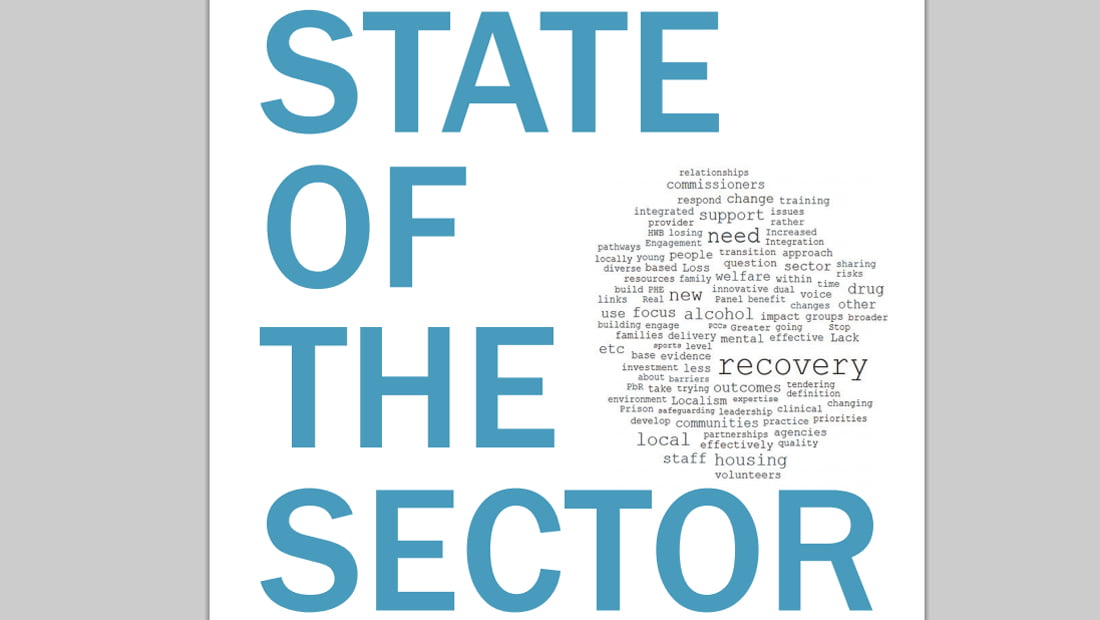State of the Sector
Earlier this week, Drugscope published its state of the sector report on behalf of the Recovery Partnership which comprises Drugscope itself, the Substance Misuse Skills Consortium and the Recovery Group UK.
2013 was a watershed year for substance misuse services. There were changes left, right and centre. Responsibility for commissioning drug and alcohol treatment moved to local authorities, there was a massive overhaul of public health, not to mention all the changes in the justice arena, including Police and Crime Commissioners and the impending privatisation of the probation service, viaTransforming Rehabilitation.
The point of the “state of the sector” survey was to explore how drug and alcohol services are coping with the reforms. This first report is based on a survey done in 2013 and it’s intended that its findings will provide a baseline for future research. The Recovery Partnership aims to carry out further work in the coming year.
[divider]
About the research
[mks_dropcap style=”squared”]M[/mks_dropcap]ost of the research was carried out in October 2013 and focused on how services were being affected in the broadest sense: changes to funding, the impact of commissioning changes and changes in workload.
The research targeted adult residential and community services and 167 agencies took part. The survey was followed up with telephone interviews and regional summits which involved around 200 participants.
[divider]
The findings
What I found most interesting about the survey findings was the mixed picture they presented. While just over half survey respondents reported an increase in caseloads over the preceding year, 27% reported a decrease. Again, 20% of services had seen an increase in funding, while 35% had seen a decrease.
The pace of change in the sector was very evident from the survey. Over 40% had been through retendering/recommissioning/contract renegotiations in the previous year and more than 60% of the 89 agencies who responded to the question said there are expecting to go through this process in the coming year.
The survey asked about the staffing implications of changes in funding. Many respondents said that they had tried to retain front-line staff at the expense of other roles and more than half of the services who responded said that they’d increase their use of volunteers.
[divider]
Priorities for the future
Survey respondents were asked to identify the top three priorities and challenges for their own services. Nearly 60% said that funding and service capacity was a priority; and about one third were concerned about both the frequency and quality of the recommissioning process, and staffing levels and morale.
The report concludes that the funding picture is mixed and complex but there is considerable relief that there do not seem to be clear signs of any widespread disinvestment in drug and alcohol treatment. However, a number of concerns were highlighted:
- Increased difficulty in accessing support from mental health problems.
- Decreased ability to meet the needs of clients with complex/high levels of need.
- Limited engagement with Police and Crime Commissioners.
- Concerns about the possible impact of welfare changes on many service users.
It will be interesting to see whether these concerns grow over the coming year. Fortunately, the ongoing work by the Recovery Partnership aims to ensure that difficulties and challenges are flagged up as soon as possible.
Does the report’s conclusions resonate with you and your agency?
Please share any views far the comment section below





